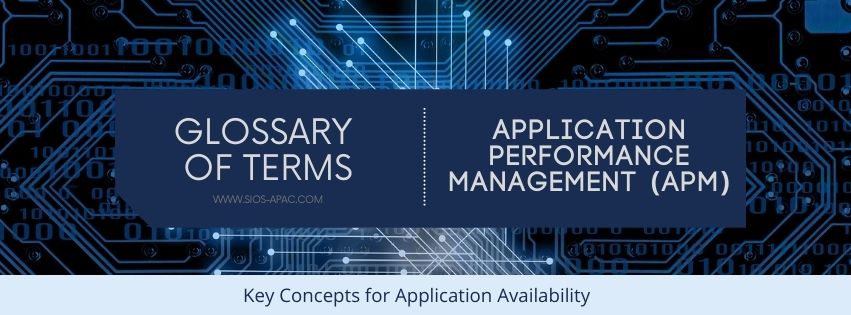Glossary Of Terms: Cloud Cost Optimization
Definition: Cloud cost optimization is the process of analyzing and assigning cloud computing resources, including compute, storage, and networking to an application, infrastructure, or workload according to utilization requirements. Allocations may change over time according to situational, daily, weekly or seasonal utilization requirements.
Reproduced from SIOS




